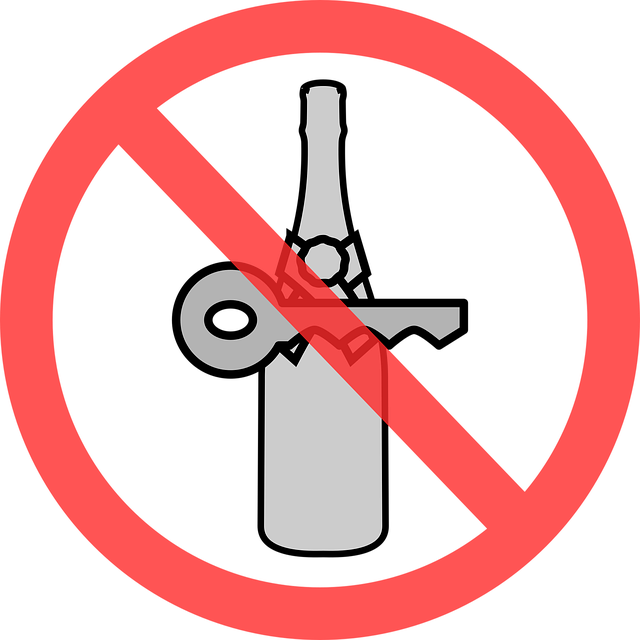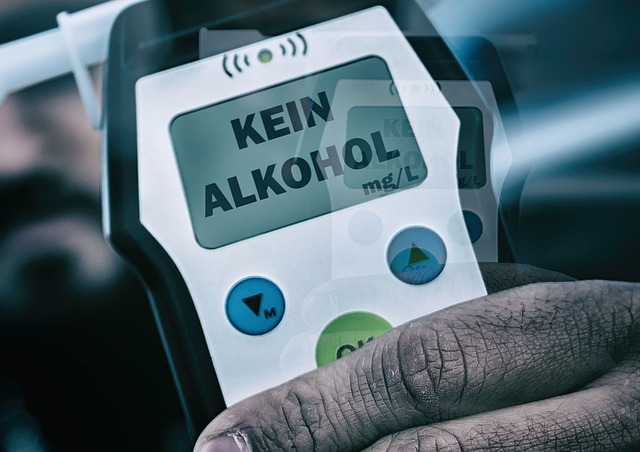DUI laws vary significantly between rural and urban areas due to differing densities and driver behaviors. Rural regions face higher risks from fewer patrols and less advanced vehicle safety features, leading to proactive measures like increased patrols and community engagement. Urban centers, with denser populations and widespread safety technologies, enforce stricter penalties and legal protections, including lower BAC limits and robust forensic evidence requirements. Vehicle Safety Features (VSF) such as automatic emergency braking and lane departure warnings play a dual role in preventing accidents and providing evidence in DUI cases. As technology evolves, the integration of VSF into DUI law will likely increase penalties while offering new defenses for impaired drivers, with urban areas already leveraging these features to enhance public safety through aggressive patrols and awareness campaigns.
In the realm of drunk driving, understanding the nuances of DUI laws is paramount for public safety. This comprehensive article delves into the contrasting landscapes of rural and urban DUI enforcement, revealing legal disparities that shape outcomes. We explore how vehicle safety features play a pivotal role in impaired driving cases, particularly in rural areas facing unique challenges. In urban settings, strict enforcement and robust public safety measures stand in contrast. By comparing penalties and sentencing, we uncover the complexities woven into the fabric of DUI law, offering insights crucial for all stakeholders.
- Understanding DUI Laws: A Comprehensive Overview
- Rural vs Urban: The Legal Disparities in DUI Enforcement
- Vehicle Safety Features: Their Role in Impaired Driving Cases
- Rural Areas: Unique Challenges and Considerations for DUI Laws
- Urban Settings: Strict Enforcement and Public Safety Measures
- Comparing Penalties and Sentencing: A Look at Disparities
Understanding DUI Laws: A Comprehensive Overview

DUI laws vary significantly between rural and urban areas, with unique challenges presenting themselves in each setting. Understanding these laws is crucial for ensuring vehicle safety features are effectively utilized to prevent driving under the influence. In rural areas, where distances are greater and populations less dense, DUI patrols may be less frequent. This can lead to an increased risk of drivers operating vehicles while impaired, as there’s a reduced chance of immediate law enforcement intervention.
Conversely, urban regions often have more robust DUI enforcement due to higher population densities and the prevalence of public transportation alternatives. However, the focus tends to be on high-risk behaviors in heavily trafficked areas, leaving potential gaps in coverage for suburban or less populated urban zones. Vehicle safety features like advanced driver-assistance systems (ADAS) can play a significant role in both settings by deterring impaired driving and mitigating the impact of accidents through automatic emergency braking, lane departure warnings, and other technologies.
Rural vs Urban: The Legal Disparities in DUI Enforcement

In rural areas, law enforcement often faces unique challenges when it comes to DUI (Driving Under the Influence) enforcement due to lower population densities and varying road conditions. This disparity is further amplified by the absence of bustling urban centers’ advanced vehicle safety features, such as sophisticated braking systems and enhanced collision avoidance technologies. As a result, rural DUI laws tend to emphasize proactive measures like increased patrols and community engagement to deter drinking and driving.
In contrast, urban environments are characterized by dense populations, complex road networks, and widespread adoption of advanced vehicle safety features. Urban DUI laws often reflect these factors, focusing on stricter penalties and enhanced legal protections for individuals involved in crashes. This includes stringent blood-alcohol content (BAC) limits and robust forensic evidence requirements to ensure fair trials, reflecting the higher potential risks associated with urban driving.
Vehicle Safety Features: Their Role in Impaired Driving Cases

In recent years, vehicle safety features have played a significant role in impaired driving cases, especially when analyzing mitigating factors under DUI law. Advanced technologies such as automatic emergency braking, lane departure warnings, and alcohol detection systems are now standard in many modern vehicles. These features not only assist in preventing accidents but also serve as powerful tools for prosecutors and defense attorneys alike. For instance, an vehicle equipped with an alcohol sensor that triggers a shutdown or alerts the driver could be seen as a key piece of evidence demonstrating the driver’s attempt to exercise responsible driving while impaired.
Furthermore, insurance companies and law enforcement agencies are increasingly using data from these safety features to understand driver behavior and identify patterns related to impairment. This data can bolster arguments in court, helping to shape legal precedents around DUI cases. As vehicle technology continues to evolve, the integration of safety features into DUI law is likely to become more prevalent, potentially leading to stricter penalties for offenders while also offering potential defenses for those facing charges.
Rural Areas: Unique Challenges and Considerations for DUI Laws

Urban Settings: Strict Enforcement and Public Safety Measures

In urban settings, DUI laws are typically enforced with a strong focus on public safety. Cities and metropolitan areas often have strict measures in place due to high traffic volumes and dense populations. Law enforcement agencies actively patrol major roads and highways, utilizing advanced technology like breathalyzers and field sobriety tests to identify and deter drunk driving. The prevalence of vehicle safety features such as airbags, anti-lock braking systems (ABS), and electronic stability control (ESC) plays a crucial role in mitigating the impact of DUI incidents in urban environments. These features help reduce the severity of accidents, saving lives and minimizing injuries.
Furthermore, urban centers often implement robust public awareness campaigns to educate residents about the dangers of driving under the influence. Educational initiatives target both young and experienced drivers, emphasizing the consequences not just for the individual but also for their communities. Stringent penalties, including fines, license suspensions, and even imprisonment, serve as deterrents, ensuring that urban DUI laws are taken seriously.
Comparing Penalties and Sentencing: A Look at Disparities

In comparing rural and urban DUI laws, one notable disparity lies in sentencing and penalties. Rural areas often have less stringent regulations and more lenient sentences for DUI offenses. This can be attributed to various factors, including lower crime rates and different societal priorities. As a result, individuals caught driving under the influence in rural settings might face reduced jail time, smaller fines, or alternative sentencing options like community service.
In contrast, urban jurisdictions tend to enforce stricter DUI laws, reflecting higher traffic volumes and more complex transportation challenges. Urban DUI sentences often include harsher penalties, such as longer prison terms, substantial fines, and mandatory installation of advanced vehicle safety features like ignition interlocks. These disparities highlight the need for a nuanced understanding of regional variations in DUI legislation and their impact on public safety initiatives, particularly regarding vehicle safety features.
In conclusion, while urban areas have strict DUI laws and public safety measures in place, rural regions face unique challenges that impact DUI enforcement. The disparities between rural and urban DUI laws highlight the need for a nuanced approach to impaired driving, considering factors like vehicle safety features and the distinct circumstances of each setting. By understanding these legal differences and addressing the unique obstacles in rural areas, we can strive for fairer and more effective DUI legislation across all regions.






